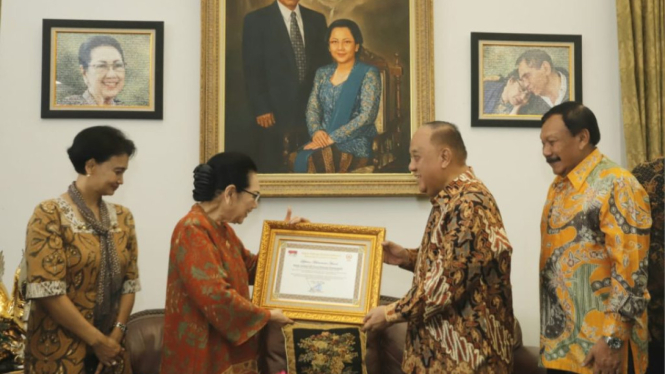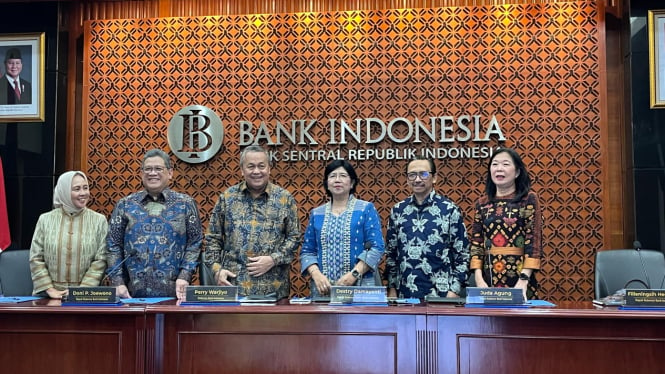Beijing, VIVA – The tech world has been shaken by an extraordinary announcement from China.
This country has officially launched the Three-Body Computing Constellation (TBCC), the world’s first space-based supercomputer—claimed to be seven times faster than Frontier, the fastest U.S. supercomputer on Earth.
But TBCC isn’t just another ambitious project. This constellation consists of 12 modular supercomputer satellites orbiting at Lagrange Point L1, a gravitationally stable point between Earth and the Sun.
This location was chosen to ensure stable orbit and optimal energy efficiency, powered by next-gen solar panels.
Stunning TBCC Specifications:
• Total Compute Power: 3.2 ExaFLOPS (Floating Point Operations Per Second)
• Chip Architecture: “TianHe-Q” 12nm Quantum-Accelerated RISC-V SoC
• Satellite Modules: 12 modular units with 400 Gbps inter-satellite laser links
• Distributed Storage: 500 PB SSD storage linked via orbital mesh network
• Cooling System: Passive thermal radiator + cryogenic helium-based loop
• Power Source: Perovskite solar panels + smart solid-state battery system
• AI Autopilot System: “Zhuge” AI that manages workload and orbit automatically
• Communication Latency to Earth: Average 0.7 seconds, with experimental quantum relay
Amerika Serikat (AS) vs China di luar angkasa.
TBCC was developed by China Aerospace Science and Technology Corporation (CASC) and Tsinghua Quantum Lab, as part of the national program “Heaven’s Grid 2049”—a long-term vision to build galaxy-scale computing infrastructure.
What Will It Be Used For?
The constellation is designed to support:
• Long-term planetary climate simulations for Mars colonization programs
• Real-time prediction of solar magnetic turbulence (space weather)
• Exascale AI experiments beyond Earth’s thermal and gravitational limits
• SETI (Search for Extraterrestrial Intelligence) with real-time signal processing
“Three-Body”? A Nod to Sci-Fi Legend?
The name “Three-Body” pays tribute to the renowned sci-fi novel The Three-Body Problem by Liu Cixin, which explores cosmic civilizations and existential mysteries.
China now seems determined to blur the line between science fiction and scientific reality. With TBCC, the race in tech innovation is no longer confined to Earth.
Halaman Selanjutnya
What Will It Be Used For?

 6 hours ago
1
6 hours ago
1

















































